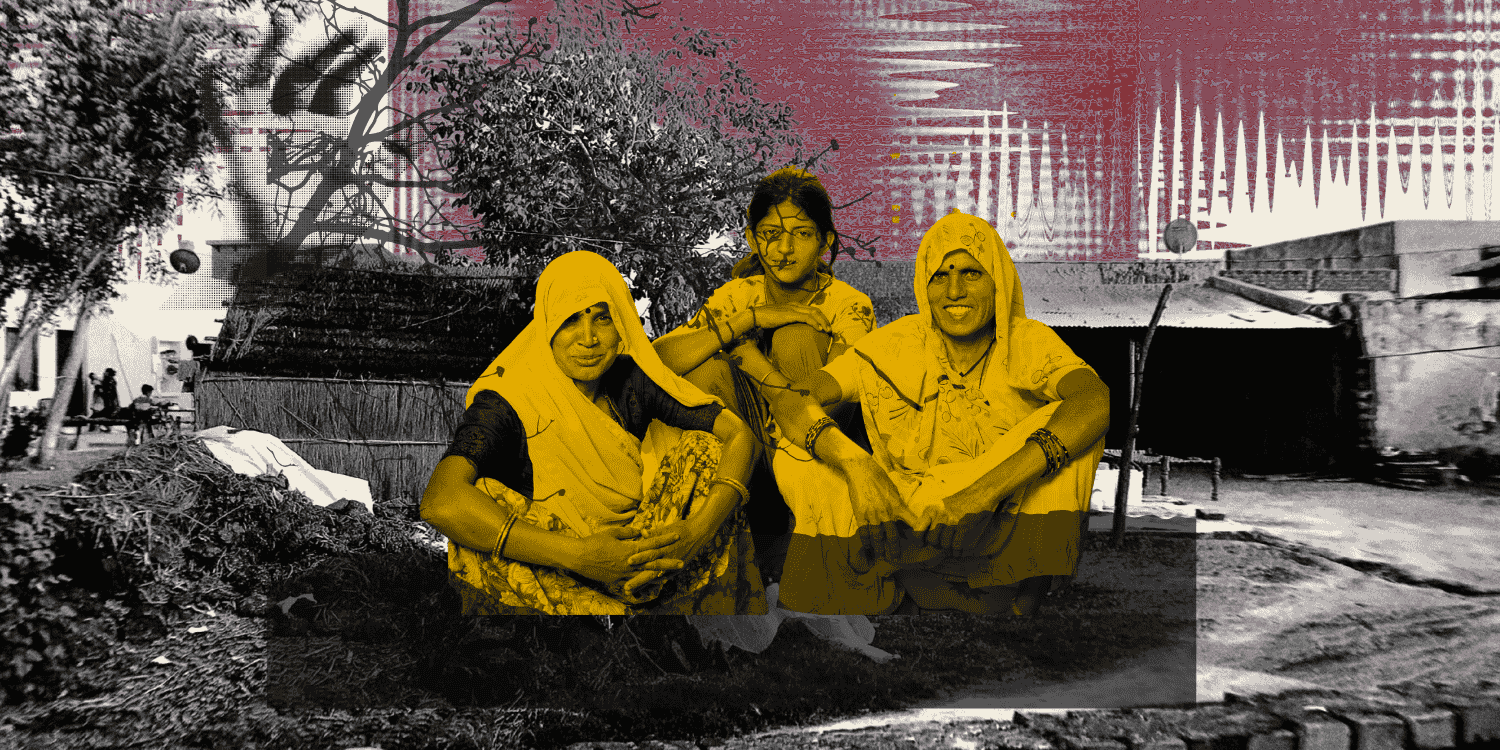ABSTRACT
This issue brief critically examines the prospects of the India-Central Asia energy relations and trade. Central Asian countries hold strategic and geoeconomic significance for India, especially for energy cooperation. The existing literature highlights two limitations regarding this trade. First is the limited connectivity to the region, and second is the presence of great powers like the US, Russia, and China. This issue brief argues that Central Asia’s decaying Soviet-era energy infrastructure is another important limitation. The Indian government and scholars ignore this limitation because they focus too narrowly on Central Asian energy reserves. Existing connectivity projects, like the TAPI pipeline or the INSTC corridor, would only connect India to Central Asia’s doorstep. They do not address India’s dependency on Soviet-era pipelines to be further connected to Kazakhstan and Uzbekistan, its key regional energy partners. Therefore, a flourishing energy relations or partnership with Central Asia becomes difficult given the region’s limited energy system. To materialise India’s energy ambitions in the region, policymakers must also account for the infrastructure that would allow Central Asian energy to be efficiently extracted and transported to India.
Keywords: India, Central Asia, Energy, Energy Trade, Connect Central Asia, Connectivity
INTRODUCTION
Following the Soviet Union’s dissolution, the five Central Asian States [CASs—Kazakhstan, Kyrgyz Republic, Tajikistan, Turkmenistan, and Uzbekistan—were formed. The year 2022 marks 30 years of India’s diplomatic relationships with the independent CASs. However, relations between India and the CASs have remained tepid until recently (Economist Intelligence Unit [EIU], 2019). When the CASs were first formed, India offered credit to Uzbekistan, Kazakhstan, and Tajikistan (Singh, 1995) as development assistance. India also offered technical training and consulting for construction ventures (Ibid.). Analyses of India’s potential to establish energy linkages with Central Asia focus on two significant limitations (Jacob, 2022; Stobdan, 2020; EIU, 2019). The first one is connectivity to the region. Several analysts agree that poor connectivity is a significant barrier to India expanding its foothold in Central Asia (Joshi, 2010; Stobdan, 2020; Kothari, 2020; Jacob, 2022; Jha, 2016; Kurbanov & Khoshimova, 2022). India and Central Asia have no direct land or sea connection. The second challenge is that China’s established presence in Central Asia makes India seem like a latecomer to the region. China is already competing with extra-regional powers like Russia in what has been called “The New Great Game” of vying to increase influence in the region (Jackson, 2020; Stronski & Ng, 2018; Jha, 2018).






